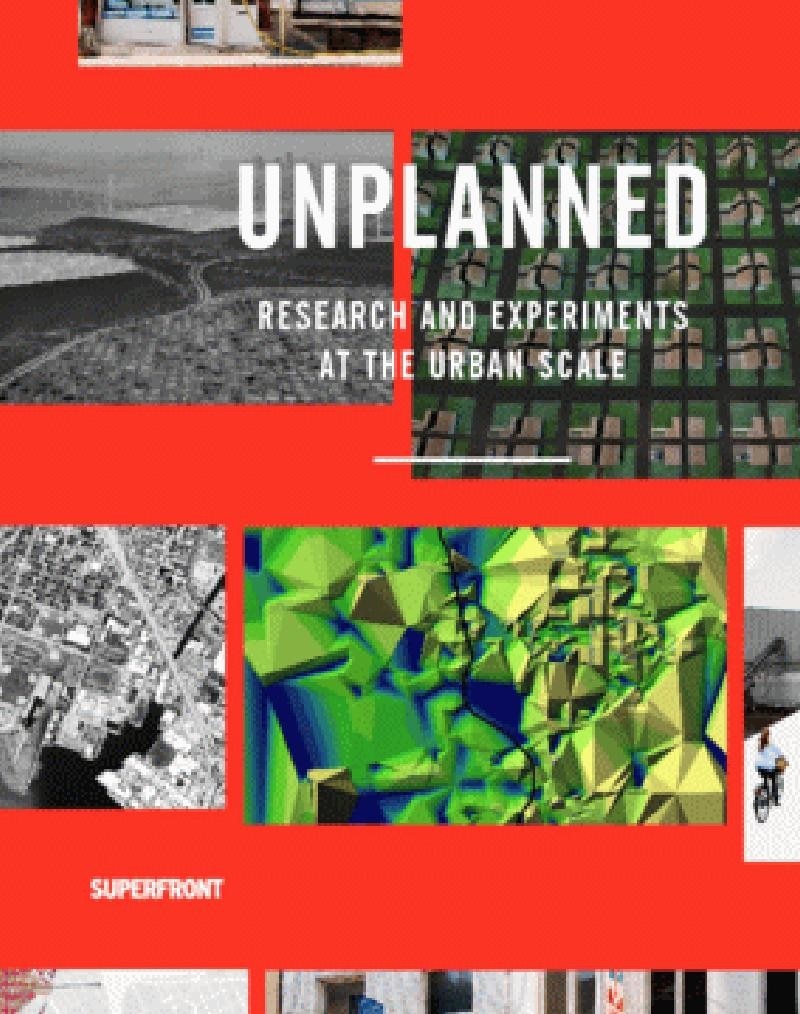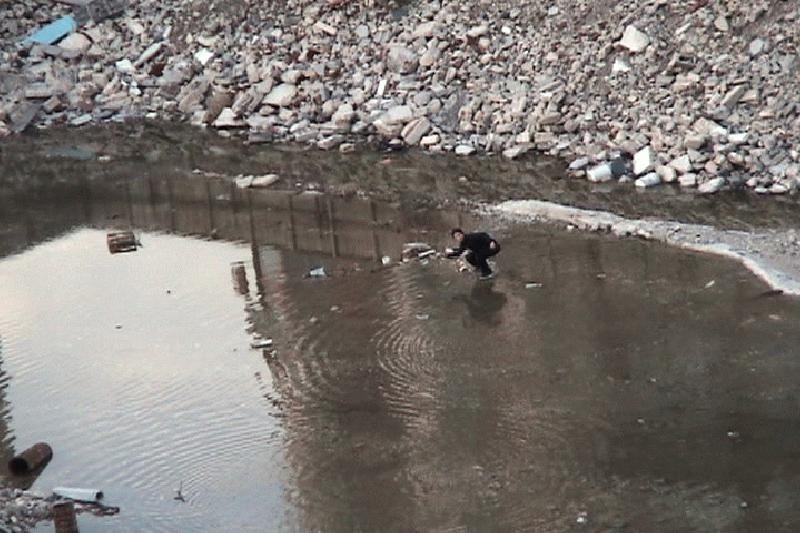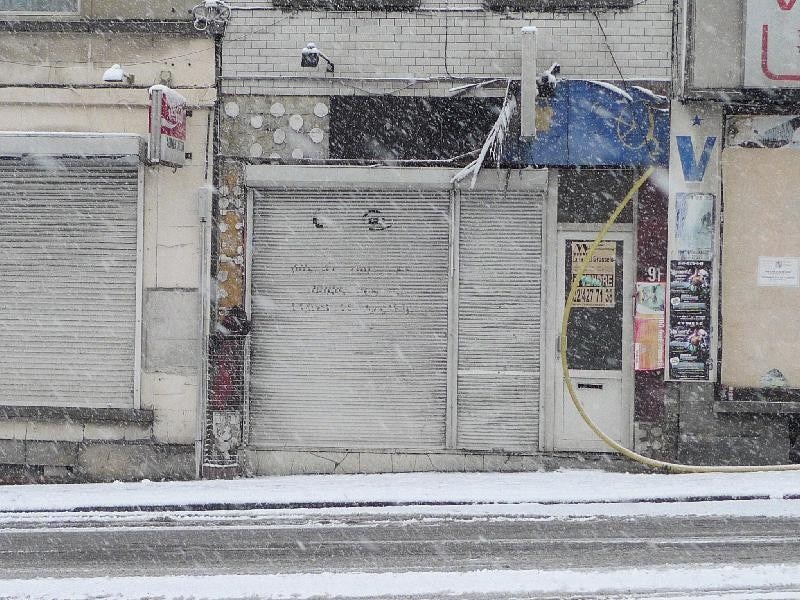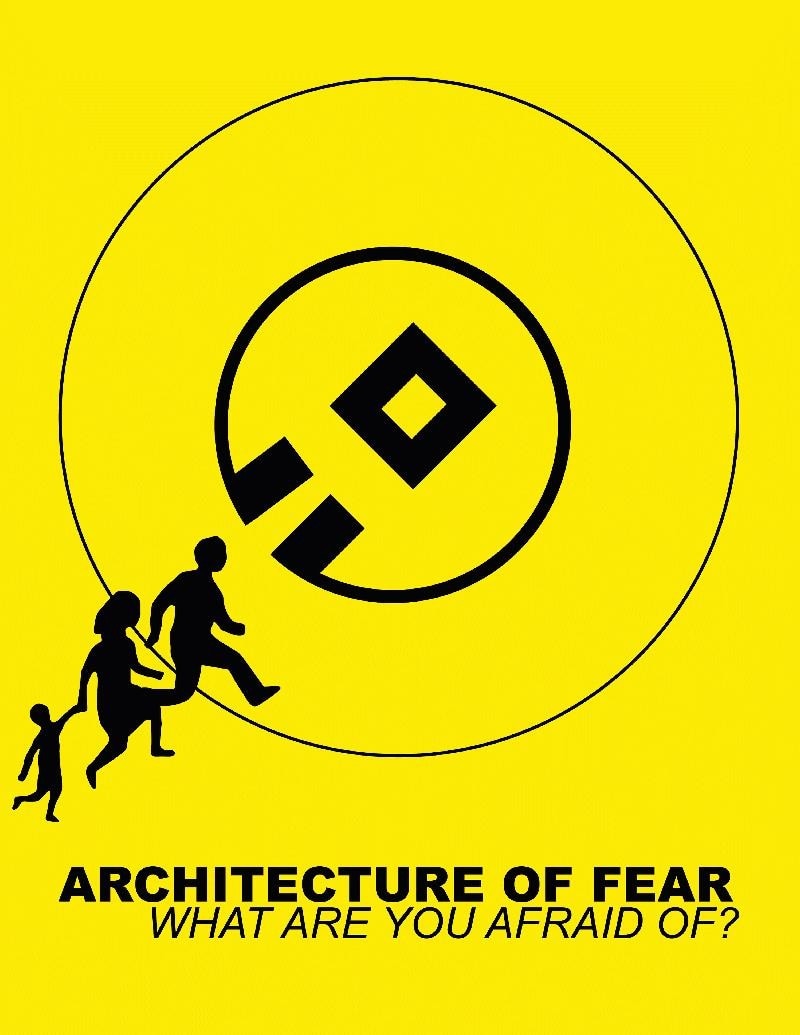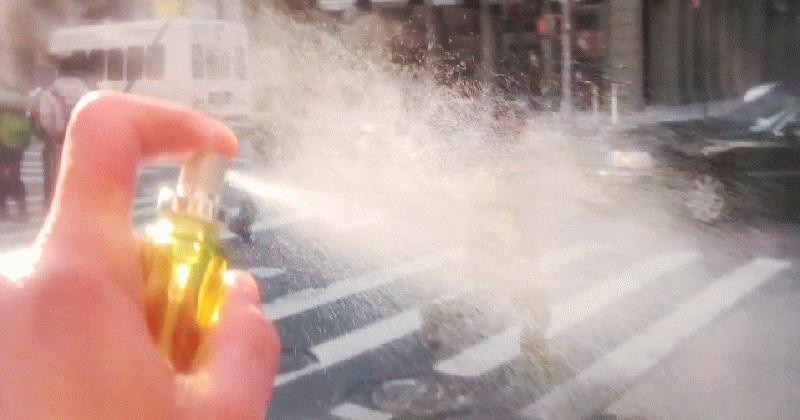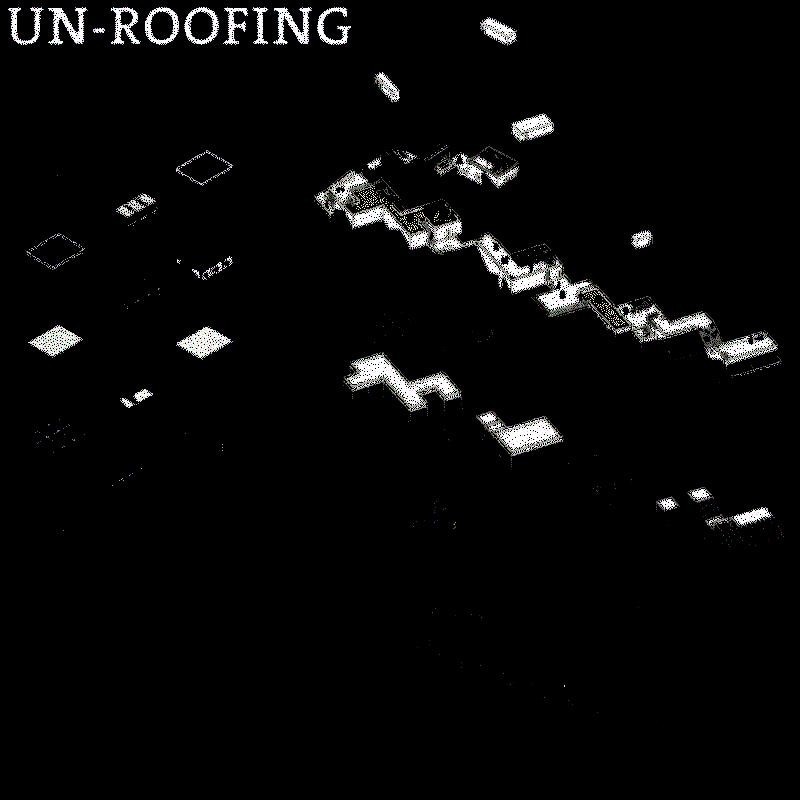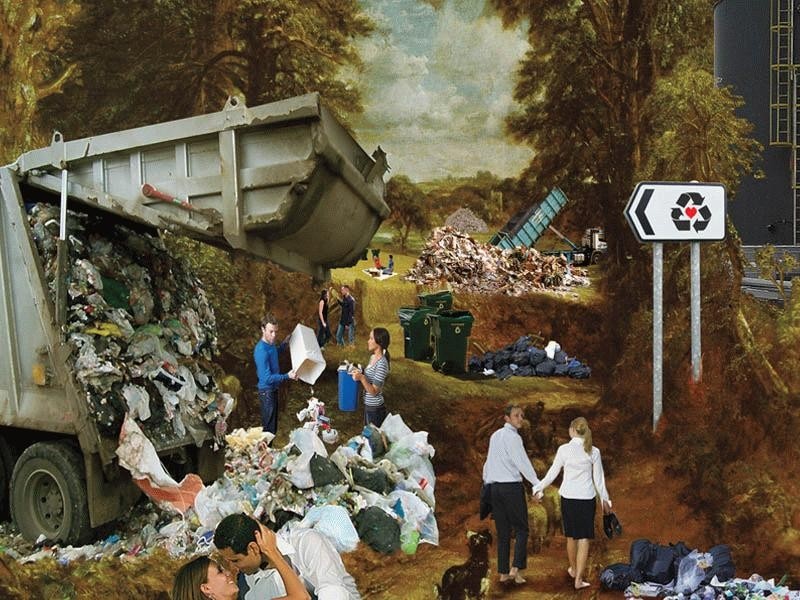25 March 2010 – 2 July 2010
Pacific Design Center (PDC), West Hollywood, CA
Urban Activism! Informal Urbanism! Self-organized Communities! Slums! Nobody could accuse the current general discussion about the Unplanned of being limited in its perspectives. There certainly is an abundance of specialized literature around the question of the lack of order, the absence of prevision of urbanism. Taking an array of different terms, the idea of Unplanned is often connected to the themes of self-organization, unsolicited architecture and the informal city. There is indeed, one similarity in the majority of the approaches to the topic: either if it is dealing with ghettos or slums, the concept of Unplanned is often quoted as a natural, unavoidable process.
The naturalization of specific features of urbanism is not new. It was Harvey Warren Zorbaugh, a professor at the New York University graduated from the Chicago School, who codified the concept of Natural Areas in Urban Sociology around 1925. The city is formed by a network of infrastructure that overlays it and fragments it in smaller unplanned, cultural and ethnical zones as Harlem or Chinatown in New York City. Therefore there is a historical assumption that takes features of the capitalist city as an Unplanned, unavoidable, natural or even predictable phenomenon.
In the present day and far from being a consensus, there is an ongoing discussion about the forces that shape cities that tangentially and indisputably take positions about the Unplanned. In 2002, Stefano Boeri launched the international research organization for the study of the urban condition Multiplicity. One of its first products was the book and exhibition USE, Uncertain States of Europe. USE was the result of an investigation about contemporary Europe and its confrontation of the global and the local that “examines how history manifest itself in the contemporary nature of the urban condition (…)” Its thesis was developed around the idea of the continent currently being a single polycentric city of steady although uncontrolled growth. It developed the idea of a continental megapolis constructed by infrastructures and the result of urban innovation in the somehow Unplanned, that is, in the appearance of irregular uses and self-organized activities like raves incursions in Slovenia or the invasion of informal commerce in Belgrade. More recently, in 2009 and 2010, the Graham Foundation and the CCA launched together an exhibition and book titled “Actions: What Can You Do With the City?” This show presented urban actions executed independently by individuals. Some of them where related with acts of institutional criticism, others with guerrilla activities as seed-bombs that could create pirate gardens to the construction of illegal bicycles paths on the street asphalt. In this case the Unplanned was taken as acts of civilian rebellion towards the planned, as actions of urban disobedience.
From the naturalization of urban processes to the capitalist melting pot, from the vindication of the ideologies that shape the city to guerrilla urban actions, the Unplanned, in its most archetypical conceptions, seems to currently be a recurrent topic amidst the discussion about cities that dangerously approaches to a sum of clichés.
Surprisingly, this specific exhibition at Superfront L.A, stands apart from the archetypical bipolarity pro and against capitalism. Moreover, Its interest could not be found in the more or less recognisable origins of the works, the more or less brave approaches to the topic or the more or less original proposals. The value of this show is precisely its lack of prejudices and thus, the distance it takes from well known positions on the matter. It is indeed this specific feature the one that enables to open a fruitful discussion. If you prefigure that an exhibition about the theme of Unplanned necessarily falls in a collection of clichés, stop. Look again. You could write play in ten acts with the works on show at Superfront: There are Acts of Objectification, where the city is cut in pieces that host a stream of falling water; Acts of Estrangement, where a suspiciously dressed in black flâneur illegally walks through an empty construction site; Acts of Decolonization where a series of architectural strategies are proposed against urban occupation in territories of war, Acts of Playfulness where smell is introduced as a possible urban condition, Acts Discovery where materials found at night in a demolition site are used for ephemeral constructions that disappear at dusk, Acts of the Ordinary where unplanned uses of a storefront are shown over seasons, Acts of Representational Pessimism where a classical tool of architectural representation is used to create nightmares of chaotic urban disasters, Acts of Fear where architectural tramps are illustrated, Acts of Identification where simple gestures as the use of colour are proposed to create urban identity or Acts of Romanticism where dystopia is used as a productive way of looking at the future.
Yet, it is in the coincidence of issues among these acts where the most remarkable questions arise. The comparison of irreconcilable perspectives creates the proper friction that could ignite a conversation. To put an example, the images of an apocalyptic garbage dump in “Contaminated” by the Puerto Rican group Ae.i.ou in contrast with the erotic spatial possibilities of the accumulation of trash proposed by Tomorrow’s Thoughts Today in “Recycling and Dating Centre” can only bring sexy programmatic possibilities to the concept of Unplanned. Thus, it is in the lack of consensus where this exhibition succeed the most, where perverse imaginaries creates a field for disensus apart from institutionalized points of view and away from the hegemonic discourse, that is, where Acts of the Unplanned are for once, potential acts of Architectural Agonism.

